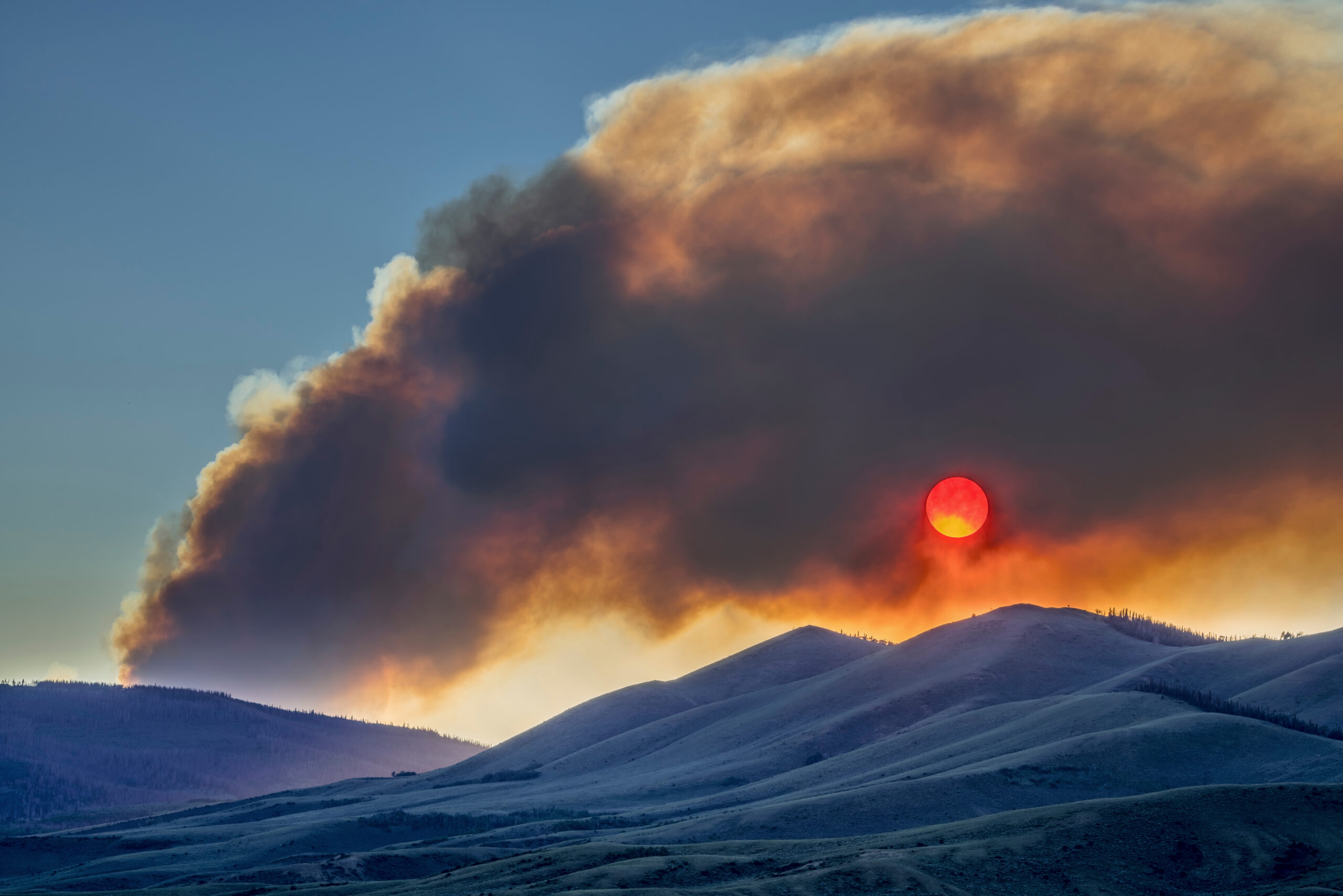
Abstract:
Combining multiple sources of information on atmospheric composition, wildland fire emissions, and fire area burned, we link decadal air quality trends in Western US urban centers with wildland fire activity during the months of August and September for the years 2000–2019. We find spatially consistent trends in extreme levels (upper quantile) of fine particulate matter (PM2.5), organic carbon, and absorption aerosol optical depth centered on the US Pacific Northwest during the month of August. Emerging trends were also found across the Pacific Northwest, western Montana, and Wyoming in September. Furthermore, we identify potential wildfire emission ‘hotspots’ from trends in wildfire derived PM2.5 emissions and burned area. The spatial correspondence between wildfire emissions hotspots and extreme air quality trends, as well as their concomitant spatial shift from August to September supports the hypothesis that wildfires are driving extreme air quality trends across the Western US. We derive further evidence of the influence of wildland fires on air quality in Western US urban centers from smoke induced PM2.5 enhancements calculated through statistical modeling of the PM2.5-meteorology relationship at 18 Western US cities. Our results highlight the significant risk of increased human exposure to wildfire smoke in August at these Western US population centers, while also pointing to the potential danger of emerging trends in Western US population growth, wildfire emissions, and extreme air quality in September.
(Co-authors: T Y Wilmot, A G Hallar, J C Lin, and D V Mallia)
Read the study:
https://iopscience.iop.org/article/10.1088/1748-9326/abf966
Learn more: